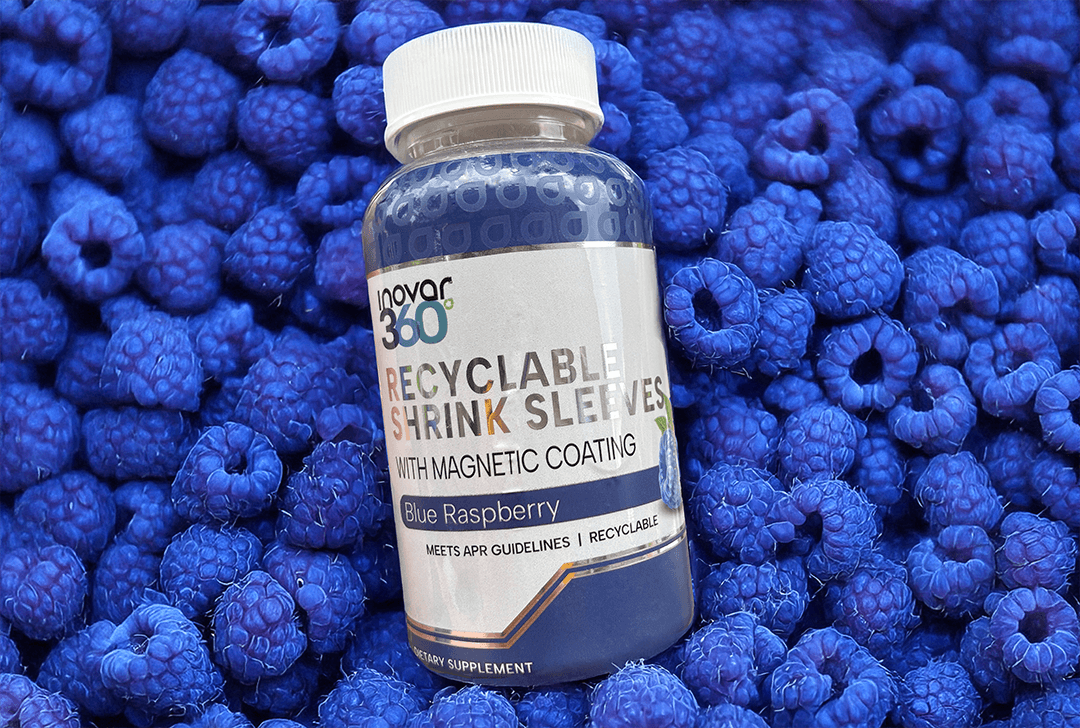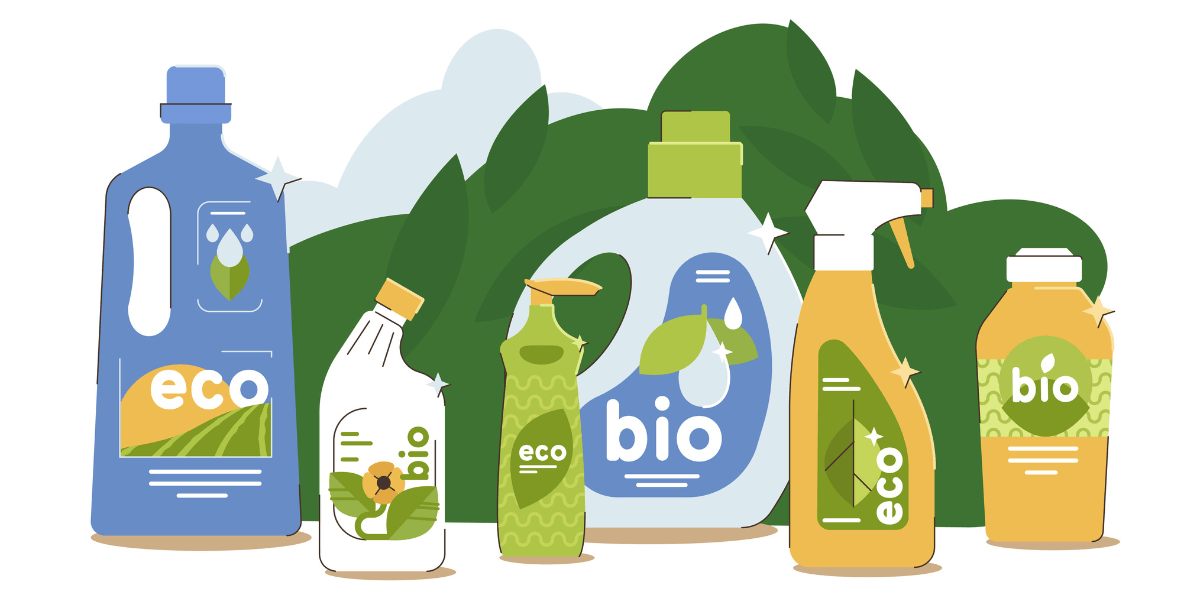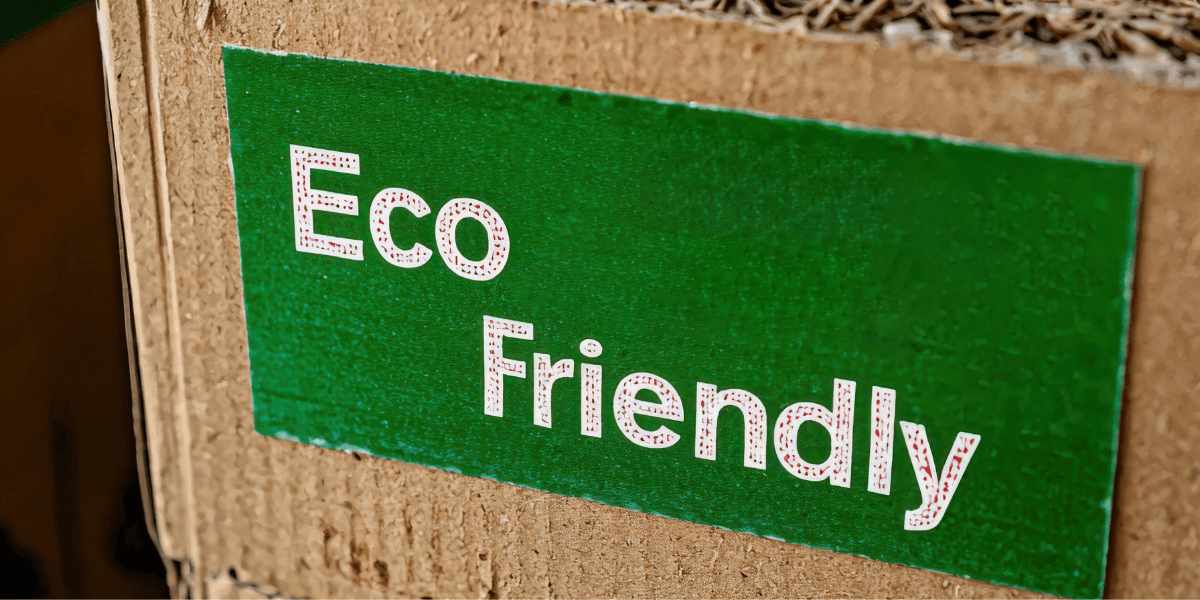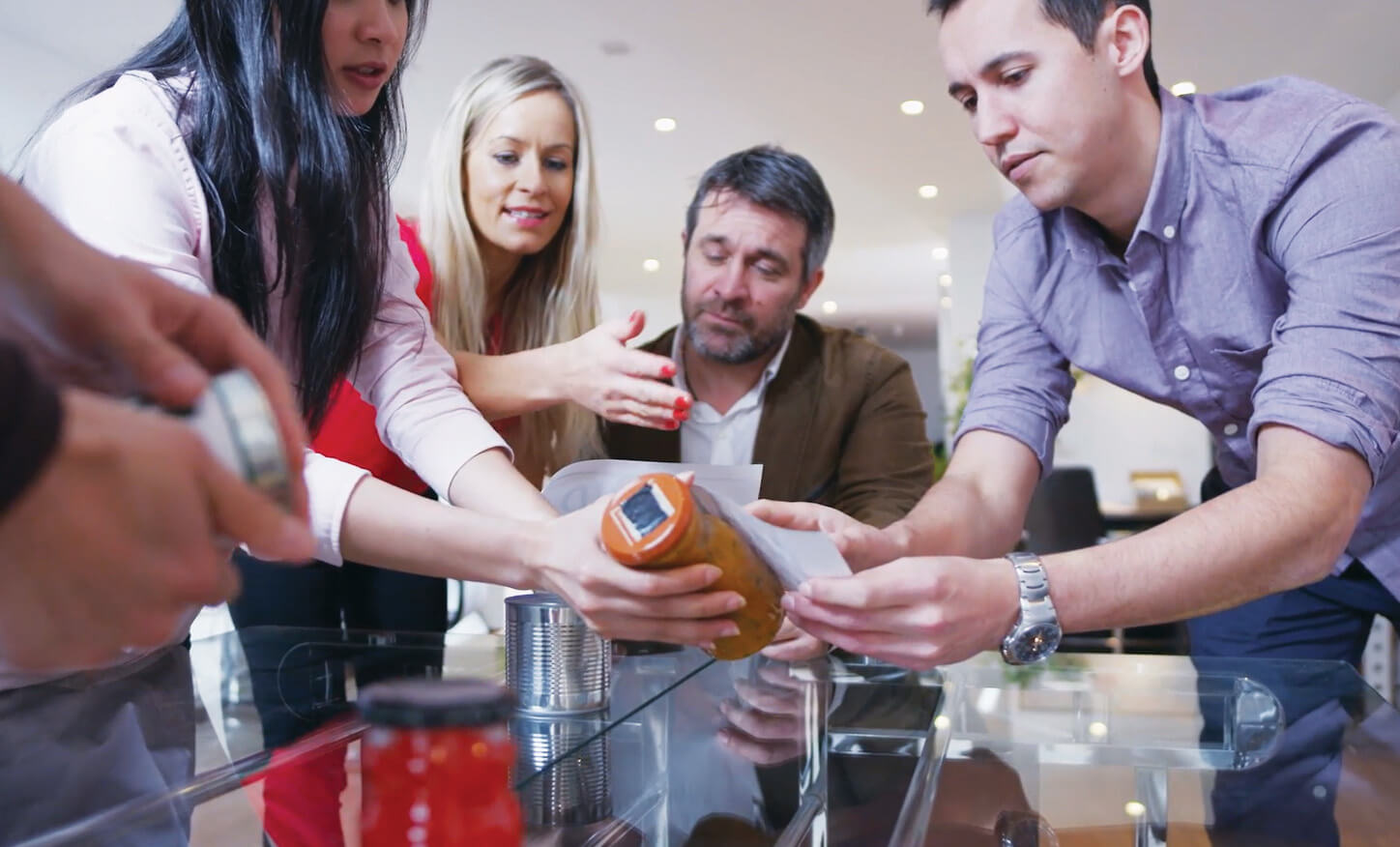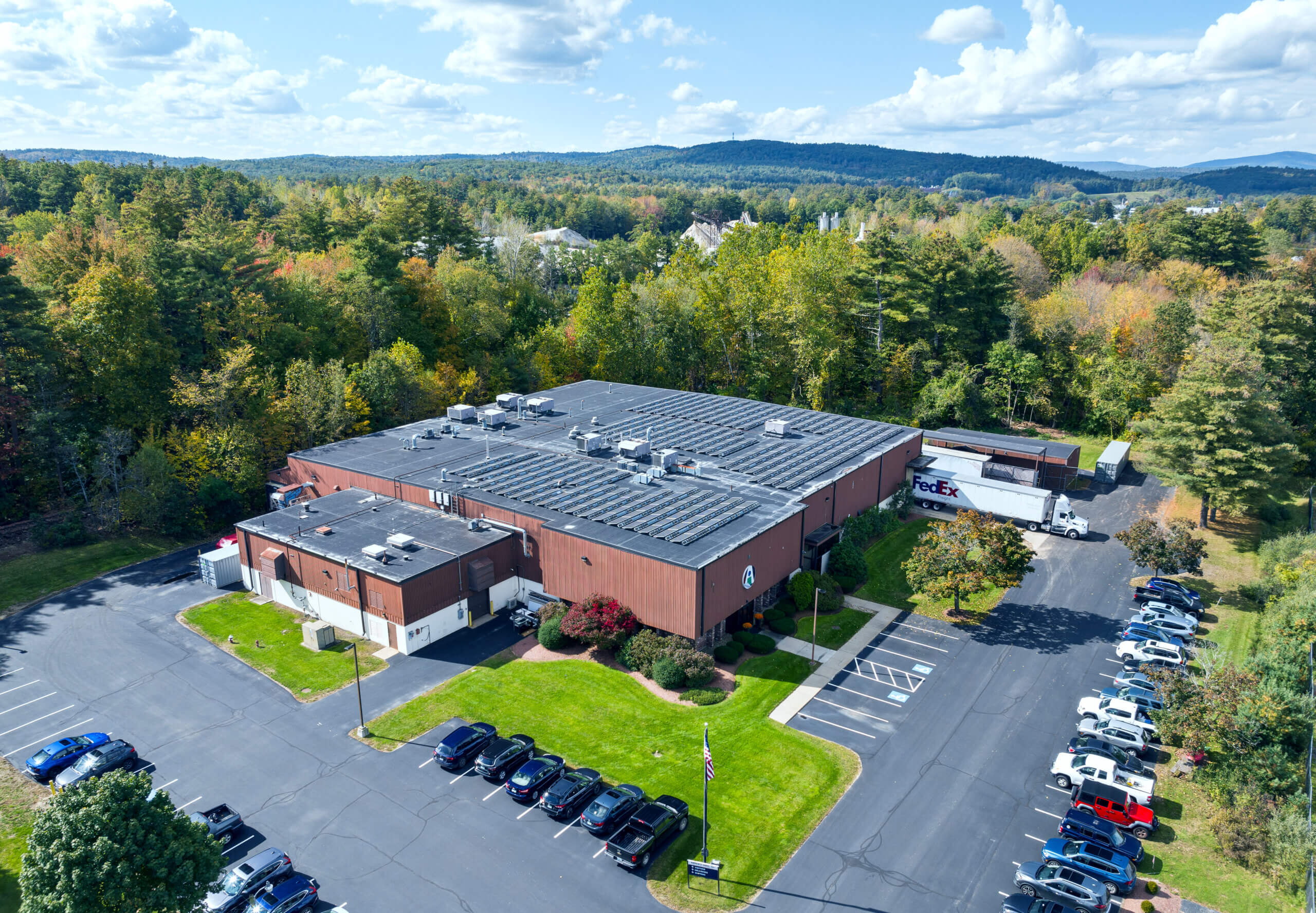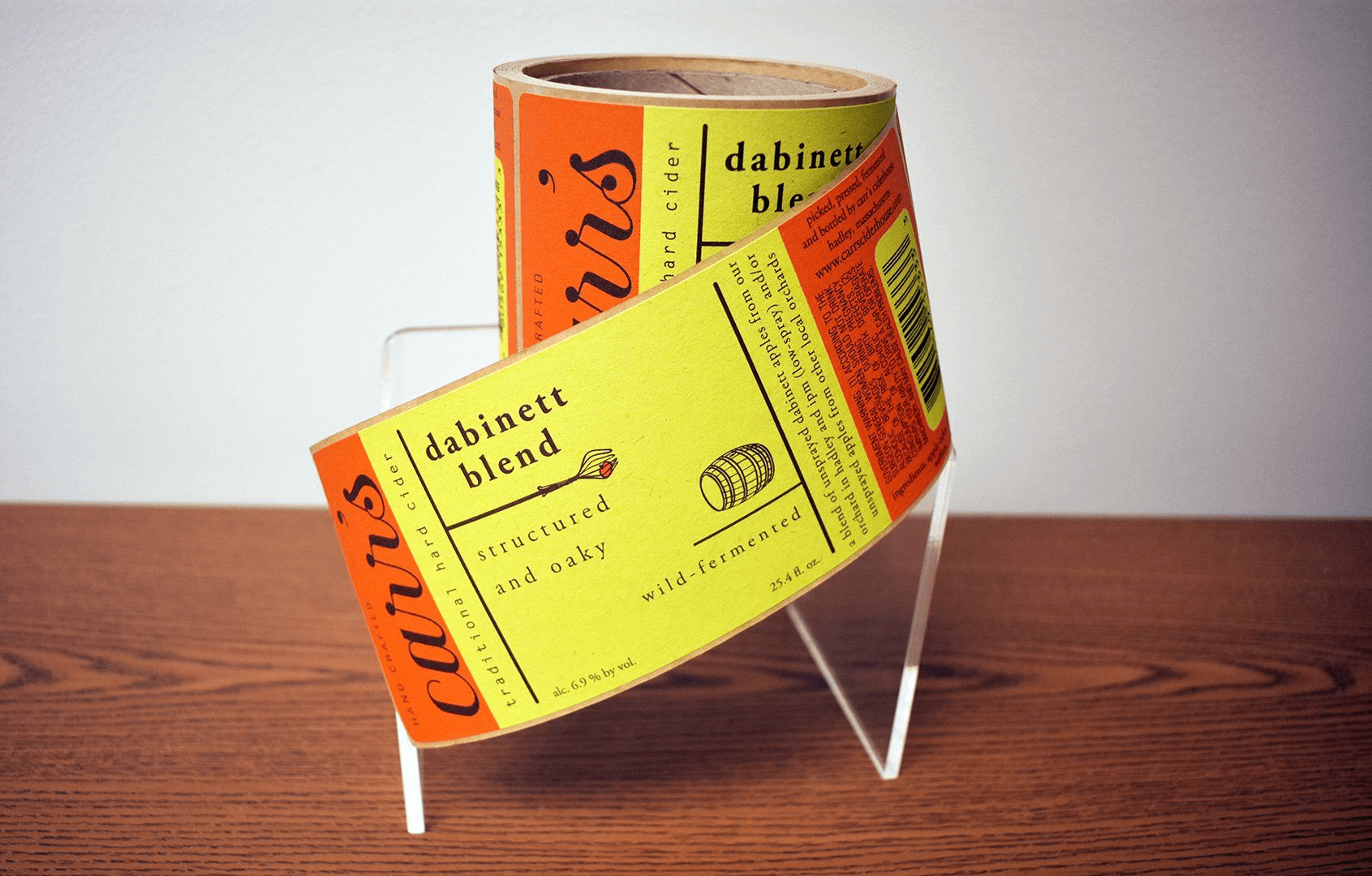
Resolution for Sustainable Packaging Post-Consumer Waste Labels
With the expanding consumer-driven focus on sustainability throughout a product’s supply chain, it’s not surprising that companies are more and more often looking for label printers who can help them align with their sustainability goals. At Dion Label Printing, we have many internal processes and initiatives that help us reduce our impact on the environment, from using compostable digital inks to offering water-soluble adhesives that allow labels to be washed off their containers to a strong drive toward paperless documentation, including invoicing and billing.
One of the most frequent requests we get from companies from a huge variety of industries is for sustainable label material options. To that end, we have worked over the last several years to provide a greater variety of sustainable material options to the brands we partner with. With the onset of the new year, we think it’s a great time to start making moves towards more sustainable packaging. One of our most popular eco-friendly options is our post-consumer waste label material.
WHAT IS POST-CONSUMER WASTE PAPER?
There are three main specifications for paper made from used (or what we’d call in common parlance recycled) material. They are “pre-consumer waste paper,” “post-consumer waste paper,” and just “recycled paper.” As you probably guessed, pre-consumer waste designates material made from manufacturer refuse that never made it to the consumer—think of scraps on a factory floor that are then repurposed rather than going to the landfill. Post-consumer waste materials, on the other hand, are made from materials that have completed their life cycles as consumer items and been diverted from landfills to be repurposed into something new: aluminum cans, bottles, and the paper in your office recycling bin are some examples of things that are commonly used in post-consumer waste products. The recycled designation refers to items made from an unspecified amount of both pre-consumer and post-consumer waste.
While from an ecological perspective any type of repurposed material is easier on the environment than new material, post-consumer waste is largely considered to be the most environmentally friendly option because so much of consumer material typically ends up in landfills. Dion Label Printing offers post-consumer waste labels made from 30% PCW and 100% PCW.
WILL MY DESIGN AND COLOR OPTIONS BE LIMITED IF I USE POST-CONSUMER WASTE PAPER FOR MY LABEL?
Because we offer materials made with different amounts of post-consumer waste, the way colors will look on them are different. As always, we recommend sharing any color concerns you have with your customer support or sales representative, who will be able to guide you in the right direction to balance your sustainability and your design goals. We have an art department with color specialists who are dedicated to making sure your labels are both effective and appealing. However, there are some general things you can expect from using a post-consumer waste label material.
Our post-consumer waste paper options will give plenty of flexibility with color and design. While there may be some color limitations due largely to the fact that PCW paper is unbleached so has some natural tint to it, our team of experts will work closely with you to make sure your art has the high-impact you need. In fact, many brands use the natural texture of our 100% PCW paper to great advantage.
WHAT OTHER SUSTAINABLE OR EARTH-FRIENDLY MATERIALS DO YOU OFFER?
Many of the materials we use most frequently are certified sustainable, meaning that the material itself comes from responsibly managed forests that provide environmental, social and economic benefits. Our basic semi-gloss paper option and several of our linen and estate paper options are certified sustainable. In fact, over 25% of the total material volume Dion uses is certified sustainable.
We offer “tree-free” label options and are constantly testing new materials made from plants like hemp and grapeseed to find innovative solutions to environmental challenges. There is a drive in our industry to reduce material usage altogether, with a large focus on label liners, and Dion is at the forefront of testing these new materials to make sure our customers get the quality they expect. We are working with our suppliers to test new materials wherein both the label material and liner are thinner and are therefore made from less material and create less waste.
In business, we know you must juggle costs and benefits in so many arenas. At Dion, we want to help you find the right balance among sustainability, cost, and label appeal. Request a quote today and we can get started helping you find the right sustainable label material for your brand.
THE LATEST FROM INOVAR
WE'RE HERE TO SERVE YOU
Creating and producing labels can be overwhelming, but our experts are here to guide you every step of the way. Whether you have a project ready to go, have questions about label applications or materials, or want to learn more about our services, our team is ready to assist you.
